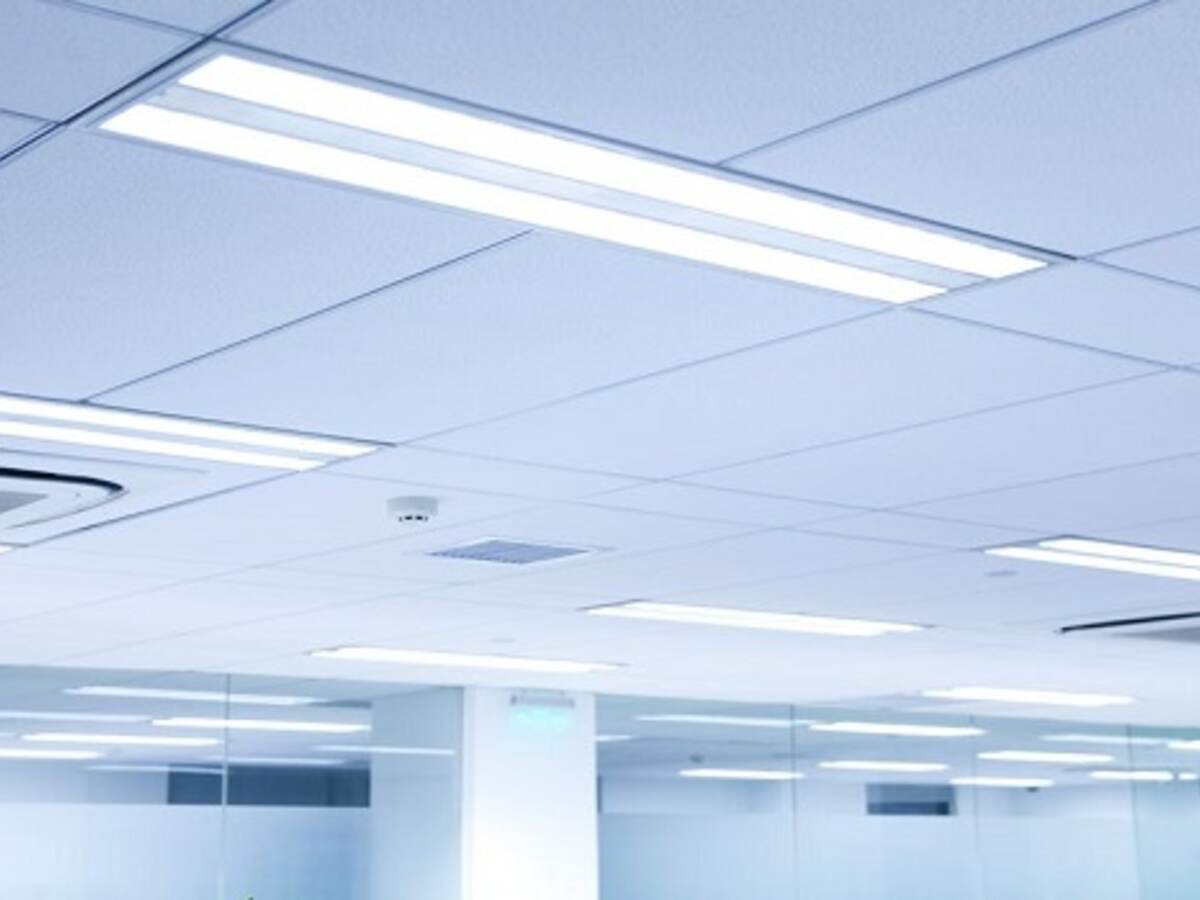August 29, 2017
Light posts flicker in a dark parking lot. Office workers rub their eyes as old fluorescent lights illuminate an office building. A student is having trouble concentrating in the classroom as the teacher hands out today’s assignment.
These are all examples of lighting flicker, technically known as “optical flicker,” a rapid change in the intensity of light over a period of time. While everyone has experienced some form of lighting flicker at some point in his or her lives, low optical flicker matters more in particular situations and environments, depending on location, exposure time and work tasks.
Related | Shedding Light on LED Testing
For example, where people experience high levels of light and engage in intensive visual tasks, such as educational facilities, hospital rooms, laboratories and office spaces, low flicker lighting may reduce eye fatigue and migraines. If the environment is commercial or industrial, such as a production facility where machinery speeds alter the appearance of movement, the selection of lighting may help alleviate worker discomfort and enhance safety.
Fortunately, lighting selections have come a long way, increasing the availability of low flicker options.
“Flicker was a problem back in the 1970s and 1980s when a lot of fluorescent lights were operating at magnetic ballast (120 Hz); that’s when people noticed headaches and eye fatigue. That was largely eliminated in the 1990s when we moved to the very high frequencies (20,000 Hz or higher) of electronic ballasts,” said Austin Gelder, technical advisor for UL Lighting Performance Testing.
“Now with LEDs, in which manufacturers are working to address consumer concerns with lighting performance, they are also improving lighting quality to help individuals have a more comfortable experience.”
When it comes to measuring the quality of light to help manufacturers meet market requirements, UL’s lighting business conducts photometric testing, which quantifies the performance of lighting fixtures, i.e., color, quality, distribution and outputs, for the industrial, commercial, residential and horticultural markets. To test for optical flicker, UL uses high-speed optical sensors in its testing laboratories located in Brea, Calif., as well as facilities in China, Italy and India.
“We use a device called a transimpedence amplifier to help measure optical waveforms in small slices by taking measurements of a lighting fixture at multiple stages and multiple frequencies (40, 90, 200, 400 and 1,000 Hertz), and then filter them through a few mathematical equations,” Gelder explains.
For those manufacturers that meet their low flicker claims, UL offers them a Verified Low Optical Flicker Mark that can be placed on products, packaging and customer materials, giving architects, lighting designers and consumers peace of mind about their purchase.
“UL has been involved in safety and performance for many years, and the UL Mark is a trusted symbol of stringent third-party evaluation,” said Gelder. “Many manufacturers want to put technical validation behind their low flicker claims. Ultimately, purchase of a verified, low flicker light helps to deliver a higher-quality experience.”
Each year, UL’s surveillance team re-tests previously verified low flicker products in the field to determine that construction is unchanged, and the lighting products continue to deliver the same marketing claim that earned the UL Verified Mark.
“Flicker will always be an important aspect of lighting. The quality of light can’t be ignored, especially in working environments – such as schools, offices and labs – where low optical flicker is critical to sustaining comfort and high levels of productivity.”
Updated Nov. 3, 2025 - removed reference to Allentown, PA

